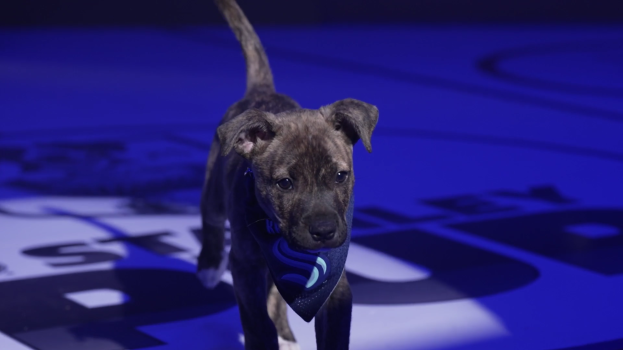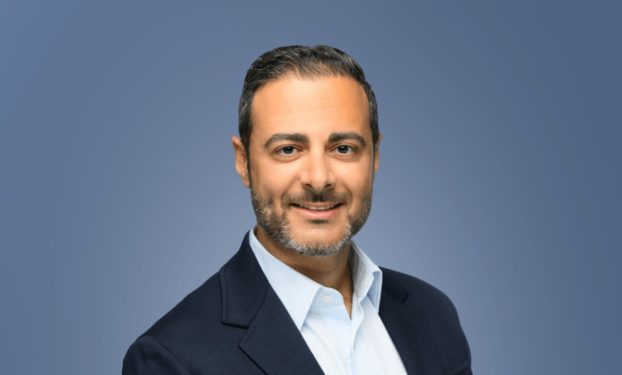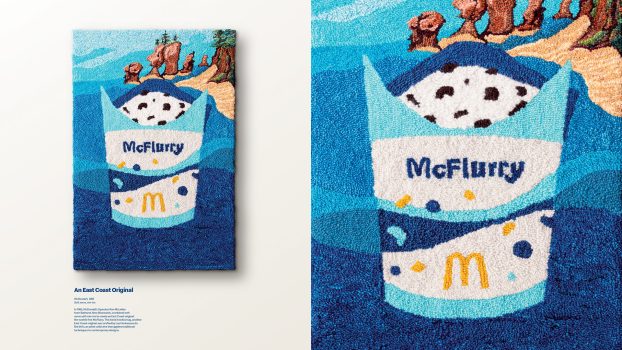
Canada Goose is unveiling the next iteration of its purpose-driven platform, “Humanature,” with eyes on building a connection with its next generation of consumers.
The campaign brings together a group of eco-minded youth to talk about climate change and sustainable fashion. The people in the spot include environmentalists Hilde Fålun Strøm and Sunniva Sorby of social engagement platform Hearts in the Ice; Alysa McCall director of conservation outreach and staff scientist of Polar Bears International; and members of Canada Goose’s own internal sustainability team.
“They work to inspire, connect, educate and ignite action on pressing climate change issues – a concept that is a natural tie-in to our purpose and the ideals we champion,” says Canada Goose CMO Penny Brook.
According to Brook, Canada Goose has always created products to give people the freedom to venture out in any weather, confident they’ll be protected from the elements. “We’ve also strived to ensure these products reflect our commitment to protecting the planet, starting with the materials we choose.”
The Humanature platform launched in 2020, bringing its CSR efforts under one platform, something Penny Brook has called a lifetime, purpose-based commitment. The same year, the apparel brand launched its Sustainable Impact Strategy, outlining its carbon neutrality ambitions and other commitments.
Since then, Canada Goose says it has made progress when it comes to, for example, eliminating single-use plastics in all of its owned and controlled facilities, and transitioning over 50% of its materials to Preferred Fibres and Materials (PFMs), on track to meet its 2025 goal of 90% PFMs.
PFMs are sustainable alternatives to conventional materials, including those that are recycled, organic, natural, bio-degradable or plant-based, and fashion featuring these materials are worn throughout the campaign videos – both by experts and changemakers.
Brook tells strategy that the latest attempt to bring sustainable fashion to the forefront is looking to deepen the understanding of how powerful individual actions can be.
“This campaign provides a deeper look at the holistic steps we’re taking, with product being the secondary message,” she says.
Canada Goose is going after younger demos, like Gen Z and the even younger Gen Alpha, for whom better-for-the-planet concerns are top of mind, and to educate them on the brand’s CSR and ESG work.
“It won’t be enough to just have a product that appeals to them – they will want to support brands who are already leading with purpose and prioritizing sustainability,” Brook says.
The campaign leads with long-form content on Canada Goose’s YouTube channel and supported through paid media. Instagram, Facebook and Twitter also support the narrative with those same videos and confessional-style interviews with its green influencers. Additional content will be shared on the brand’s TikTok, YouTube and LinkedIn accounts.
The 360-degree marketing approach continues across email, web and retail theater, Brook says. “The latter channels are complementing the product featured in the videos, showcasing our sustainable products.”
The creative for this campaign was developed by Canada Goose’s in-house creative team, with support from production partner Feels Like Home. Its global media agency is Initiative.























